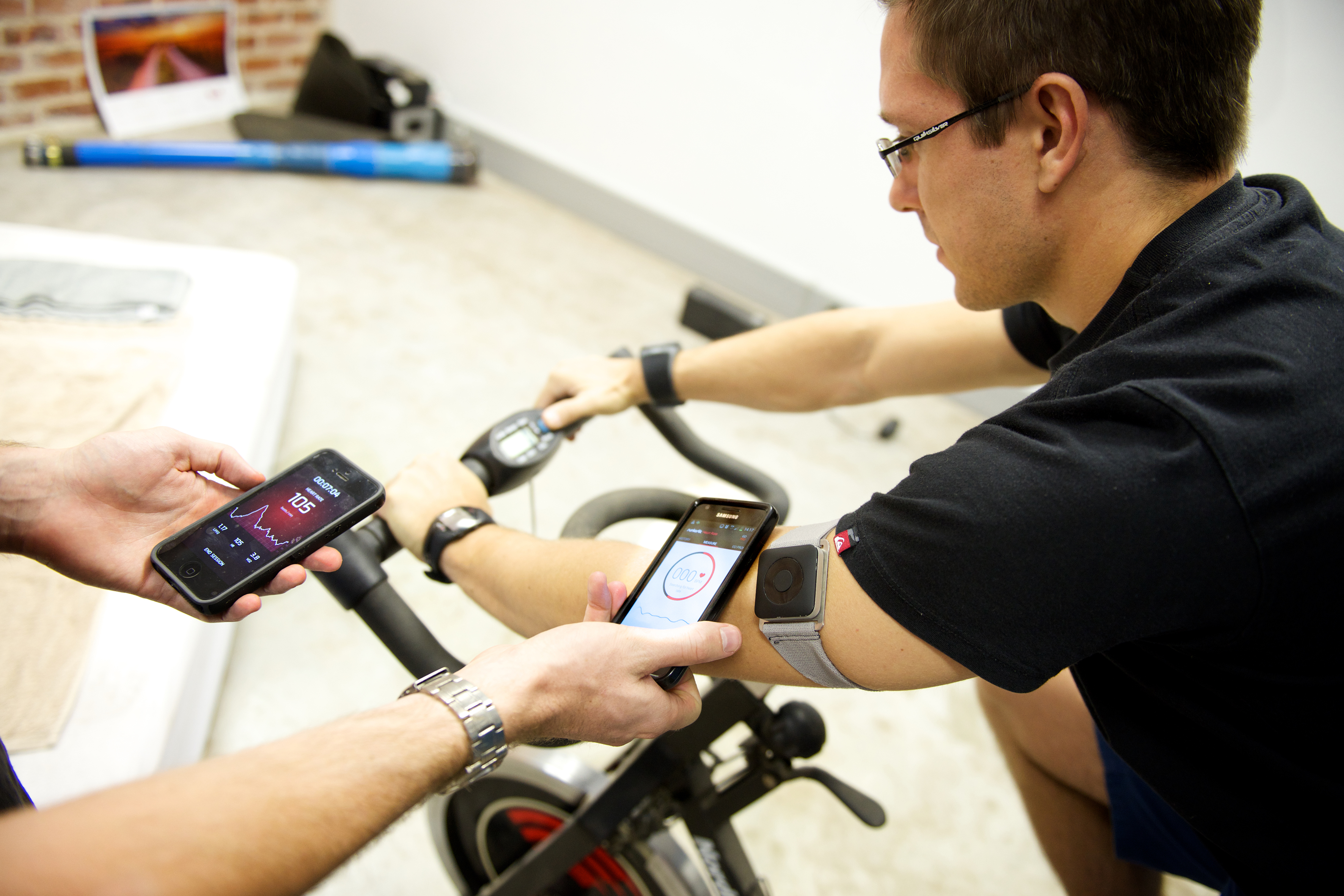Sponsored
Taking Health Monitoring to the Next Level

Provided byAnalog Devices
No question: Personal health-monitoring devices are in demand today. Doesn’t just about everyone you know have a Fitbit or similar device? Now, thanks to a partnership between Analog Devices Inc. (ADI) and LifeQ, noninvasive, affordable health monitoring goes far beyond the realm of fitness.
ADI and LifeQ are working together to enable personalized, continuous, and accurate tracking of such physiological parameters as heart rate, sleep phases, sleep quality, blood lactate levels, 24-hour calorie intake, and stress markers. Monitoring this type of data can increase the early detection of emergency conditions and diseases in at-risk patients. Currently, such health monitoring is available only through the use of expensive, invasive, and hard-to-access equipment.
The potential of this kind of tracking for reducing inefficiencies and improving patient outcomes in the healthcare industry is significant, according to Tony Zarola, director of the Healthcare Segment at ADI.
Technology that provides accurate insights can lead to behavioral changes, boost the likelihood of better patient outcomes, and ultimately prevent disease and other health problems.
“The market is demanding new technologies that can deliver high-fidelity, personalized, and scalable health information to aid care providers; corporate wellness programs; health and life insurers; and ultimately the patient, employee, or insured individual,” Zarola says. The Affordable Care Act and subsequent changes in the way doctors and healthcare providers are reimbursed have put more emphasis on wellness efforts that will prevent disease, as well as help doctors and providers stay on top of the state of an individual’s health.
Such wellness efforts entail the integration of ADI’s reliable, user-friendly, and affordable sensing solutions with advanced health data analytics powered by computational biology from LifeQ. “The goal of the LifeQ-ADI partnership is to deliver high-value, personalized physiological and behavioral data to the broader health ecosystem in a scalable manner,” says Riaan Conradie, LifeQ co-founder and chief operating officer.
The ADI-LifeQ partnership will produce devices that cover a variety of health-monitoring activities in form factors designed for users’ active lifestyles. “There are many challenges when it comes to health monitoring for disease management and prevention,” ADI’s Zarola says. “The device has to be convenient, it has to be power-efficient, it has to comply with applicable regulations, but ultimately it has to be effective.”
For ADI, the challenges include making the devices easy to use, optimizing for power, and avoiding measuring a parameter when there is no useful information to be gleaned. Zarola cites heart-rate variability as an example of a process that does not need to be measured continuously. “It’s meaningless to do that if the patient is running on a treadmill. You need to ignore this data because it doesn’t tell you anything,” he says. On the other hand, a healthcare practitioner can gain a lot of information from monitoring heart-rate variability while a patient is sleeping.
ADI is developing a variety of technologies to enable the measurement of health parameters. These technologies range from electrocardiography, or ECG, to skin-impedance measurement analog front ends to optical and inertial sensors. Current commercial devices enabled by ADI and LifeQ can provide the data to the LifeQ partner platform that’s needed to deliver clinical-grade sleep analytics as well as cardiovascular metrics, including arterial stiffness and heart contractility, according to LifeQ’s Conradie.
“Both heart contractility and arterial stiffness are important metrics with which to gauge the cardiovascular age of an individual,” he says. “This information is required to understand an individual’s risk for cardiovascular mortality relative to his or her peers.”
As medical costs continue to grow, value-based care—rather than fee-for-service—is becoming more and more prominent, ADI’s Zarola adds. Technology that provides accurate insights can lead to behavioral changes, boost the likelihood of better patient outcomes, and ultimately prevent disease and other health problems. The ADI-LifeQ partnership is on the cutting edge of these developments.
“We will help enable the healthcare industry to drive behavior change and build preventive medicine that has a real effect on care and costs,” Zarola says.
For more information on the ADI-LifeQ collaboration, please visit the ADI News Room.
Keep Reading
Most Popular
Large language models can do jaw-dropping things. But nobody knows exactly why.
And that's a problem. Figuring it out is one of the biggest scientific puzzles of our time and a crucial step towards controlling more powerful future models.
The problem with plug-in hybrids? Their drivers.
Plug-in hybrids are often sold as a transition to EVs, but new data from Europe shows we’re still underestimating the emissions they produce.
Google DeepMind’s new generative model makes Super Mario–like games from scratch
Genie learns how to control games by watching hours and hours of video. It could help train next-gen robots too.
How scientists traced a mysterious covid case back to six toilets
When wastewater surveillance turns into a hunt for a single infected individual, the ethics get tricky.
Stay connected
Get the latest updates from
MIT Technology Review
Discover special offers, top stories, upcoming events, and more.